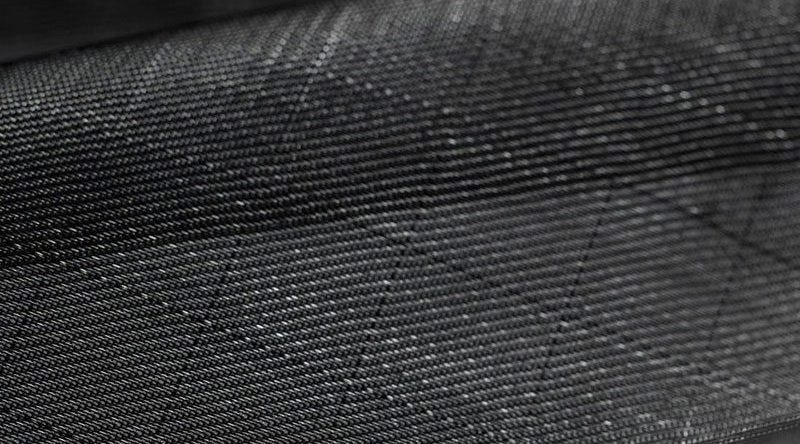To Understand and Assure Proper Geomembrane Chemical Resistance, let’s first understand why chemical resistance decisions are vital, what Geosynthetics manufacturer in Indiainformation implies and the most ideal approaches to appropriately assess geomembrane chemical resistance execution. The starting points of manufactured liner use in North America go back to canal lining by the U.S. Bureau of Reclamation.
When and who published it?
Initial efforts were fixated on constructability and longevity (basically sunlight resistance). The application was containment of irrigation of water in arid regions. All materials were viewed as resistant to water. One of the primary reports on canal linings was published by the U.S Bureau in 1963. Apparently containing possibly contradictory fluids created as something of a sideline.
In actuality, even ASTM D4439 portrays geomembranes as “An extremely low penetrability synthetic membrane liner or barrier utilized with any geotechnical designing related material of Geotextile fabric manufacturers in India,to control fluid (or gas) migration in a human-made venture, construction, or system.” The definition is sufficiently wide that one could infer that containment of aggressive fluids is a trait of geomembranes.
What changes are made in the final stage?
By the 1970s, planners were finding uses for geomembranes that extended the capacity of numerous polymers. During that time, our industry of Geotextile manufacturers in India developed the XR-5 Geomembrane as a mixed polymer in response to the void in petroleum-resistant geomembranes.
Today, we get compatibility questions every day, owing to the exceptionally expansive utilization of these designed items. In most cases, chemical compatibility is the essential choice measure. Usually, in any case, it is one of a few variables because resistance to certain fluids is impacted by the application alongside mechanical and environmental effects that are beyond compatibility alone.
Regardless, Geotextile suppliers in India‘s engineered controls might be important to compensate for lacking chemical resistance, typically in the form of upstream treatment. That isn’t alluring, is expensive, and will usually present a search for elective geomembranes as well as advancements.
Why Chemical Resistance Is a Significant Geomembrane Property?
Though there are multiple reasons that can give reasons to Geotextile fabric manufacturers in India, to provide the best services. Here are the main reasons why the Chemical resistance of geomembranes is vital. Have a momentary glance…
- The chemical resistance potentially presented by a geomembrane is ordinarily a beneficial overhaul contrasted with other containment technologies (natural material like concrete, clay, asphalt, and so on)
- Protection from contained fluids is fundamental for the longevity of the geomembrane.
- It is one of the primary gateway choices of Geotextile manufacturers in India that focus on the selection process. It requires cautious and intensive examination in the selection process.
- It is a basic but essential property that can be effortlessly misunderstood or confused.
- Maker’s information can be muddled or incomplete or can be not upheld by genuine information
- Geosynthetics manufacturer in India’s Chemical resistance can be a property that is impacted by-and impacts other execution properties.





